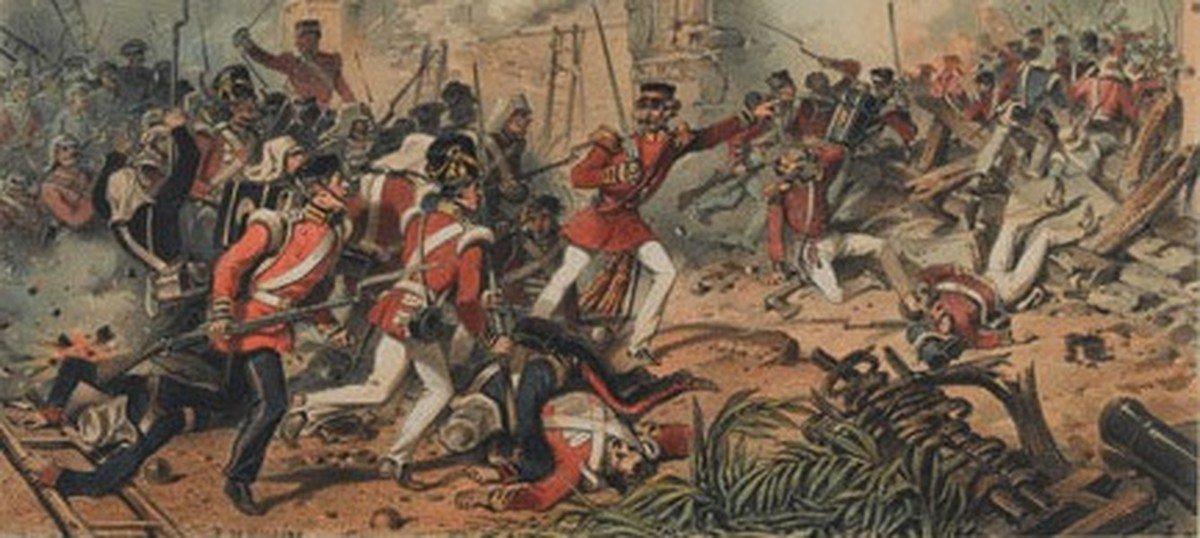Introduction
- Before 1857, the British administration had a tremendous influence on India and helped to shape the eventual trajectory of British colonial authority. The British East India Company steadily expanded its dominion over different regions of India throughout this time, reshaping the political, economic, social, and cultural environment of the continent.
Significance of British Administration
The British administration before 1857 played a significant role in shaping the history, politics, and society of India. Here are some of the key aspects of its significance:
- Colonial Rule: The British East India Company established trading posts in India in the 17th century, expanding control and establishing British colonial rule. The British Raj began in 1858, lasting until 1947.
- Exploitation: British administration exploited India, destroying indigenous industries and dominating the market, leading to famines and further impoverishment.
- Modernization: British administration initiated infrastructure projects, facilitating trade, commerce, and integrating regions, while introducing modern educational institutions and administrative structures.
- Education: British administration promoted Western education in India, transforming the intellectual and social fabric through schools and universities like Calcutta University, establishing an educated middle class and a crucial role in the Indian independence movement.
- Political Awakening: The British administration influenced national consciousness and political awakening in India, leading to nationalist movements and leaders like Raja Ram Mohan Roy, leading to the Indian independence movement.
- Socio and cultural reforms: British rule significantly impacted Indian society and culture, introducing new ideas, and social reforms, and eradicating social evils. However, it also promoted racial and cultural superiority, fueling divisions and communal tensions.
Impact Of British Administration
Political Impact of British Administration
- A series of battles and alliances finally allowed the British East India Company to gain control of key areas of India.
- They effectively controlled the local rulers, controlled the lands under their control, and established a system of indirect rule. Britain established its own system of government and elected the British to positions of authority.
- England created a new legal system based on English common law. They built courts and a modern judicial system with the aim of ensuring fair treatment before the law. As a result, Indian law was codified and a more formal legal system was introduced.
Economic Impact of British Administration
- The British government has made great strides in building infrastructure. To improve communication and transportation across the country, they built a vast network of roads, bridges, canals, and railroads. India’s integration and accessibility have improved through infrastructure development.
- Britain implemented policies that benefited its own economic interests. They developed a land tax collection system that often resulted in the expulsion of farmers and landlords.
- Additionally, the British government has introduced a series of commercial measures to the detriment of Indian manufacturers in order to favor British businesses and trade. As a result, certain industries were hollowed out and traditional Indian industries were destroyed.
- Western education was first introduced in India under British rule. They established institutions and schools that provided education in English and Western sciences.
- As a result, modern education spread across India and created a new class of intellectuals and professionals.
- In addition, England specifically encouraged widows to remarry and abolished sati (widow burning).
Cultural Impact of British Administration
- They imported Western concepts, ideals, and institutions and gradually transformed Indian civilization. With the spread of English and Western education, a new middle class emerged in India that questioned long-held social conventions and began to drive social and political change.
- The above factors unintentionally encouraged Indian nationalism and solidarity. Economic exploitation, social change, and discriminatory laws have made the Indian public increasingly angry.
- As a result, an organized independence movement eventually took shape, culminating in the First Revolutionary War, also known as the Indian Rebellion of 1857.
Conclusion
- It is important to emphasize that different regions and socioeconomic classes in India experienced different effects of British rule. Part of British rule benefited some social groups, while others suffered economic and social disadvantages. The long-term effects of British colonial rule still shape the history and development of modern India.




